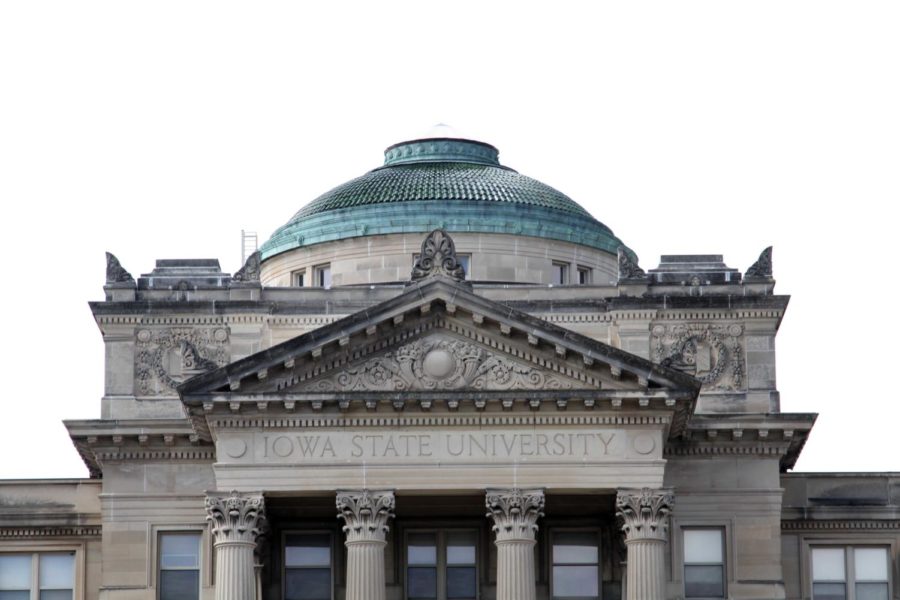African-American Studies prepares for the future
February 9, 2007
A program that started 20 years ago seems to have a promising future, even though it hasn’t seen growth since its start.
The African-American Studies program was started when Mary Sawyer, professor of religious studies, began teaching a course about black religion.
“There was interest in the course and I began thinking there would be interest in an African-American Studies program,” Sawyer said.
Sawyer took the proposal to the university human relations committee, which agreed to support the idea. From that, a subcommittee was formed to develop a written proposal.
The proposal called for a minor based on cross-listed courses and introduced a new Introduction to African-American Studies course.
Kathleen Hickok, interim director of the English department, was on the committee that wrote the proposal.
The idea was to be sure information was taught not only in a history or literature course, but in great detail in an African-American Studies course, Hickok said.
“At the time, there was a difference between a program and a minor. We were applying for a minor,” said Gary Tartakov, co-chairman of the committee and professor emeritus of art and design. “A program was a minor that also had attached to it some funds for recruitment and other things.”
Despite efforts to start the program, the proposal was not met with approval.
“[We] wrote the document and took it to LAS and they turned us down three years running,” Tartakov said. “They said ‘well, thank you but no thank you.'”
A few members of the committee, including Sawyer and Tartakov, decided to set up a meeting with then-Provost Milton Glick. Tartakov said Glick was amazed that Iowa State did not have an African-American Studies program yet.
With the support of Glick, the subcommittee was able to get the plan approved by the Board of Regents in 1989, Sawyer said.
When the African-American Studies started, programs were headed by advisory committees rather than directors. Sawyer and Tartakov co-chaired the advisory committee for the program for three years until the university created the position of a permanent director.
Professor J. Herman Blake was appointed director of the African American Studies program in the mid-’90s, Sawyer said. When he was appointed director, he was given the funds to hire three new faculty members.
“Unfortunately during the eight years he was here, that never materialized,” Sawyer said. “During the tenure of the first director, basically we maintained the status quo.”
Blake was not available for comment.
Hickok said faculty retention rates may be one reason the African-American Studies program hasn’t seen as much growth as it could have.
“We have had some great faculty come and go, and we need them to come and stay,” Hickok said. “Conditions in Ames and on campus are not always conducive for people coming and staying.”
While Blake was director of the program, he focused a lot of his energy on the students, Hickok said.
“What he saw was that students were not as involved and engaged in the material as they needed to be to really understand it,” she said.
Sawyer said the commitment is still in place for the three faculty positions.
Tunde Adeleke, current director of the African American studies program, was appointed to his position this semester.
“What we are doing right now is putting together job descriptions for hiring three new faculty in the next three years,” Adeleke said. “This will give the program the kind of stability it needs to grow.”
Eugenio Matibag, director of the Center for American Intercultural Studies and associate professor of world languages and cultures, said during the next academic year the African-American Studies program will hire at least one, if not two, new faculty members.
Although they are still developing the requirements for what kind of people they are looking for, Adeleke said they want scholars with a strong interdisciplinary background.
“Essentially, we are looking for people that can come here and really help develop the program,” he said.
Adeleke said another important issue is retention rates of students.
“It is one thing to bring students here, it is another thing to keep them here,” Adeleke said.
Sawyer thinks that although it is a very good thing that students are taking interest in African-American Studies courses, they fill up quickly, which makes it hard for minority students and freshman to get interested in the program.
“I think it has, in some ways, excluded black students because they are missing out on courses that speak out to their experience,” she said.
Currently, the African-American Studies program offers an 18-credit minor and is a part of the new Center for American Intercultural Studies.
According to the African-American Studies program Web site, students can minor or get a major in interdisciplinary studies with an emphasis in African-American Studies.
The Center for American Intercultural Studies consists of African-American Studies, American Indian Studies, U.S. Latino/a Studies and Asian-American Studies.
It is under the direction of the College of Liberal Arts and Sciences and officially started in October 2005.
“We would develop new courses that would have an intercultural emphasis,” Matibag said. “We would be interested in cultural influences and [how they] transfer from one culture to another.”
For example, they would study blacks who are involved in martial arts.
Matibag said the Center for American Intercultural Studies plans to create more courses in ethnic studies that would satisfy the U.S. Diversity requirement.
















